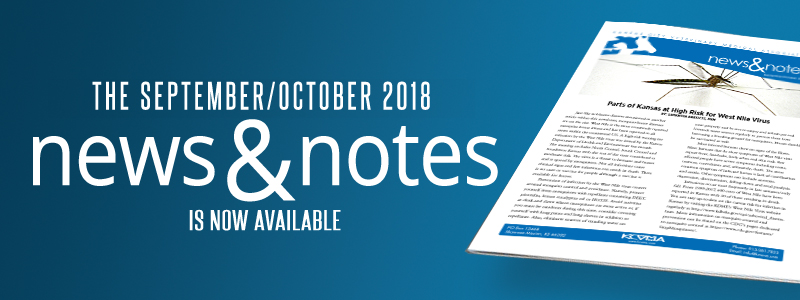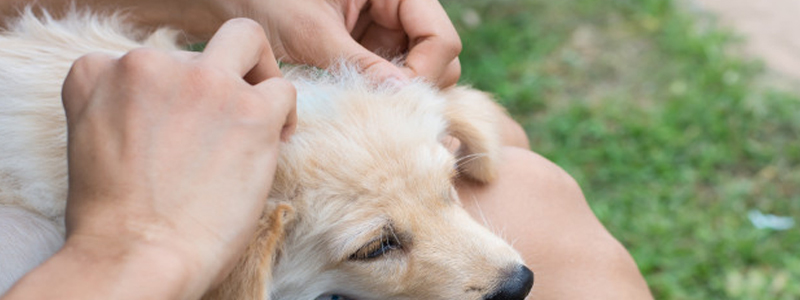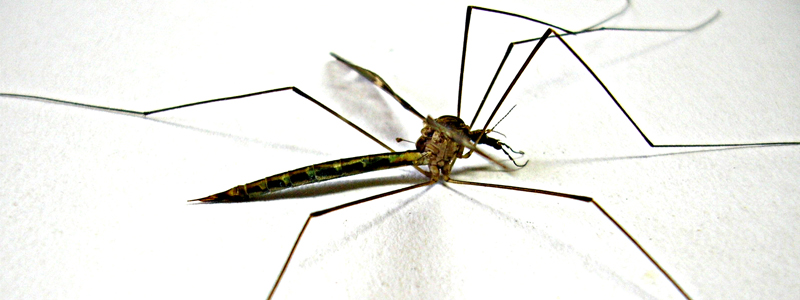BY: SAMANTHA BARTLETT, DVM
As of early this year, D-Con brand rodenticide for home use began switching the active ingredient from a 1st generation warfarin-like anticoagulant to Cholecalciferol (vitamin D3). In 2011, the EPA passed new regulations for rodenticide manufacturers. Previous to this legislation, D-Con used a 2nd generation anticoagulant (brodifacoum) that was not allowed for residential use after the new regulations. Initially, D-Con switched to a 1st generation anticoagulant, but realized that the chemical took longer to work and was more likely to create resistance among rodents. This left the choice between bromethalin and cholecalciferol. Since bromethalin is a neurotoxicant with no known antidote, the company opted to use cholecalciferol as the active ingredient as it had better safety for children and pets.
The new product is a “soft block” that is contained in a thin, perforated plastic wrapper. The blocks are extremely palatable and may be attractive to pets. Each block contains about 11mg of cholecalciferol, which is a toxic dose to most animals under 35 pounds. If a pet presents for ingestion of D-Con bait, be sure to accurately identify the ingredient either by packaging or by the appearance of the soft block as not all of the older anticoagulant bait blocks have been phased out.
For veterinarians, this means a whole new diagnostic and treatment profile for pets that ingest the D-Con rodenticide. Cholecalciferol causes hypercalcemia, hyperphosphatemia and, ultimately, renal failure in pets. Chronic exposure can cause calcification of organs in both dogs and cats. If an animal ingests a cholecalciferol- based product, emesis and activated charcoal can help minimize absorption in the GI tract if acted on quickly after ingestion. Early clinical signs usually include GI signs such as anorexia, vomiting and diarrhea. Pets can also present with lethargy and PU/PD. These early signs usually occur within 12-36 hours post ingestion.
Post- ingestion monitoring includes calcium and phosphorous levels as well as renal values. Ionized calcium levels are preferred over total calcium if possible. Increases in calcium and phosphorous levels can occur between 12-72 hours after ingestion. Watch for total calcium levels > 12.5 mg/dL or ionized calcium levels > 5.4 mg/dL. Metastatic mineralization can occur within 3-7 days. Risk for soft tissue mineralization occurs when the product of calcium and phosphorous is greater than 60. The dosage for clinical signs is as low as 0.1mg/kg in cats and dogs. Fluids and diuresis of calcium are important as well as phosphate binders if indicated. In some cases, treatment can take weeks to months before the pet is back to normal levels.
It is also worth mentioning that Vitamin D supplements for humans are often even more toxic than rodenticides containing the ingredient. One of the most popular forms of Vitamin D is found in psoriasis creams, which are often ingested when a dog chews on the tube. For more information on treating cholecalciferol toxicity, Pet Poison Helpline has an archived continuing education webinar that can be accessed at https://www.petpoisonhelpline.com/webinar/rodenticide-revolution/.











